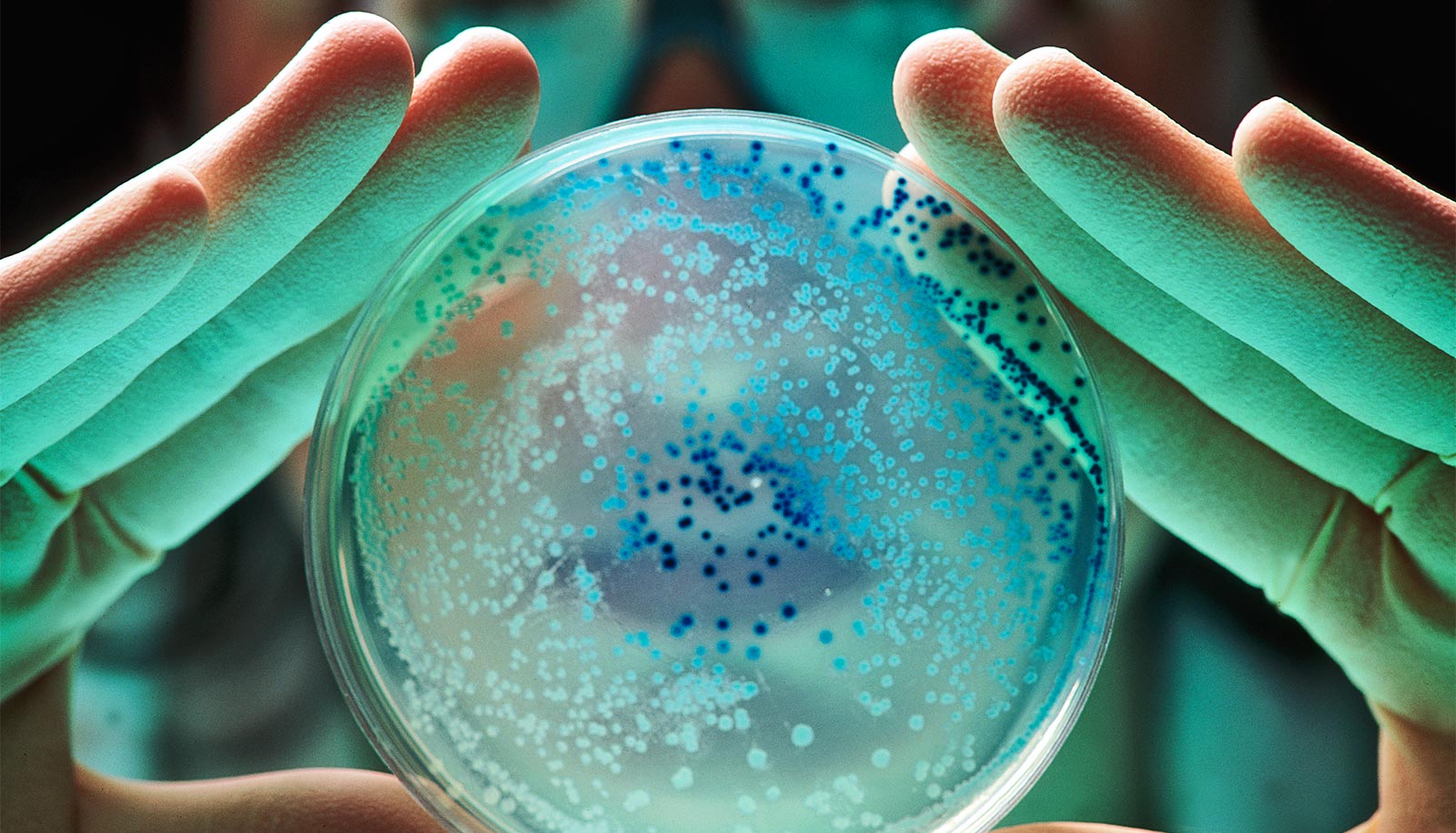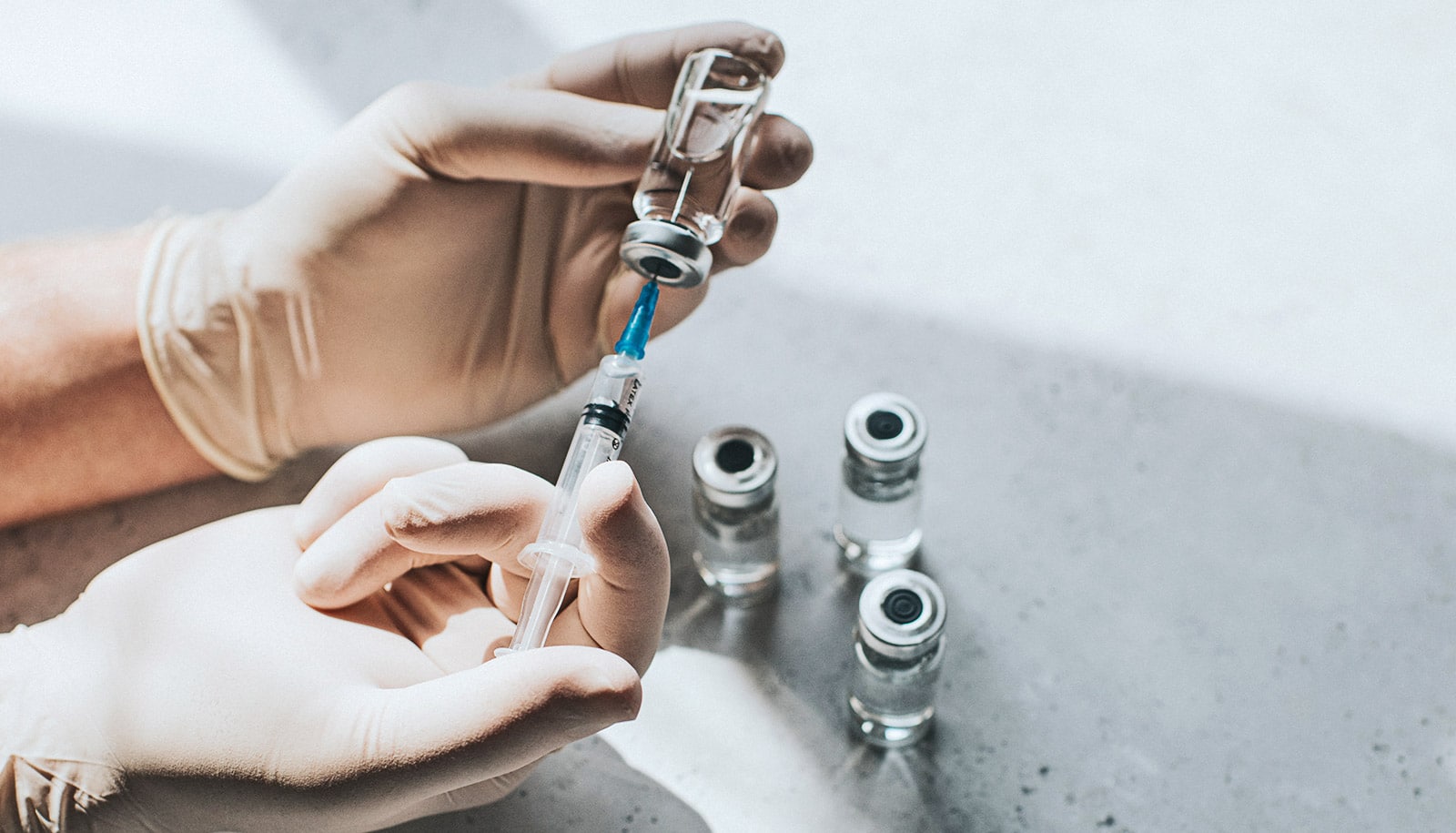Men bounce back more quickly from the flu because they produce more of a key lung-healing protein, a study suggests.
Scientists infected live mice and human cells with influenza virus, and found that both the male mice and male human cells produced more amphiregulin, a growth factor protein important in wound healing. The male mice recovered more quickly, compared to female mice, whereas male mice lacking amphiregulin had recovery times close to those of females.
Researchers have known that women, compared to men, tend to have more severe flu with slower recoveries even when their virus levels are the same. Scientists had thought this was due solely to women’s greater levels of lung inflammation during flu infections.
“The novel finding here is that females also have slower tissue-repair during recovery due to relatively low production of amphiregulin,” says senior researcher Sabra Klein, associate professor of molecular microbiology and immunology at the Johns Hopkins University Bloomberg School of Public Health.
The research could lead to new flu treatments that boost amphiregulin production, particularly in women, she adds.
More amphiregulin
Klein and her team infected mice with a non-lethal dose of H1N1, an influenza A strain that caused a 2009-2010 global pandemic with more than 18,000 deaths. Although male and female mice had similar levels of virus and cleared it in about the same amount of time, the females suffered significantly more from their infections. They had greater loss of body mass and greater lung inflammation during the acute phase of infection, and later they were slower to recover normal lung function.
The scientists identified amphiregulin as a key factor in this sex-based difference. The growth-factor protein is known to promote the proliferation of epithelial cells in the skin, lung, and other surfaces in the body during wound healing, including recovery from lung infections. Analysis of the mice revealed that the males produced significantly more amphiregulin than females during the recovery phase of their infections.
In terrible times, there’s an advantage to being female
Male mice genetically engineered to lack amphiregulin showed the same pattern as females, with more severe infections and slower recoveries.
The team also found that flu infections of mouse and human lung epithelial cells in culture dishes were followed by significant jumps in the production of amphiregulin only when the cells were from males.
If not testosterone, then what?
It is not yet clear what drives the greater rise in amphiregulin production in males during flu infection. Klein and colleagues suspected at first it was attributable to testosterone, but found the male sex hormone does not seem to control amphiregulin levels. They found, however, that, independently of amphiregulin, it does help protect male mice, who fared worse in flu infections without it.
A weird thing happened to men about 7,000 years ago
Klein’s laboratory is now investigating the mechanisms of testosterone’s protective effect, as well as the upstream factors that control amphiregulin production during flu infection.
The new study appears online in the journal Biology of Sex Differences. The National Institutes of Health paid for the research.
Source: Johns Hopkins University



